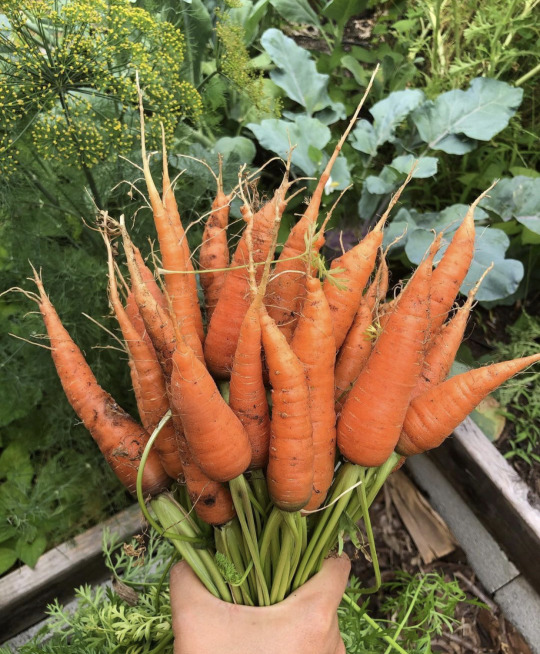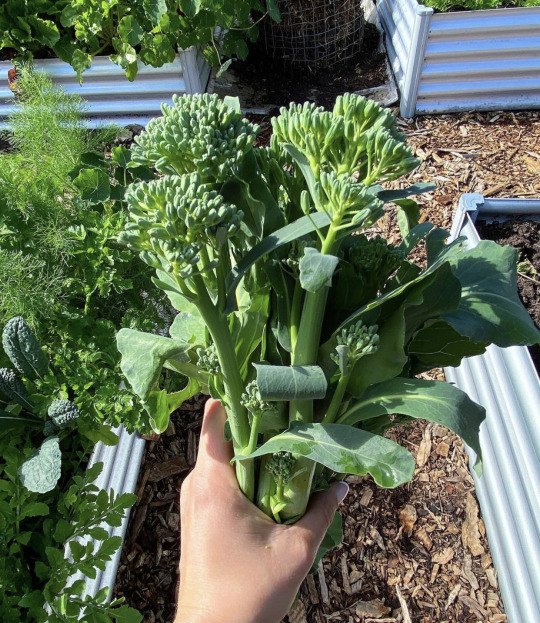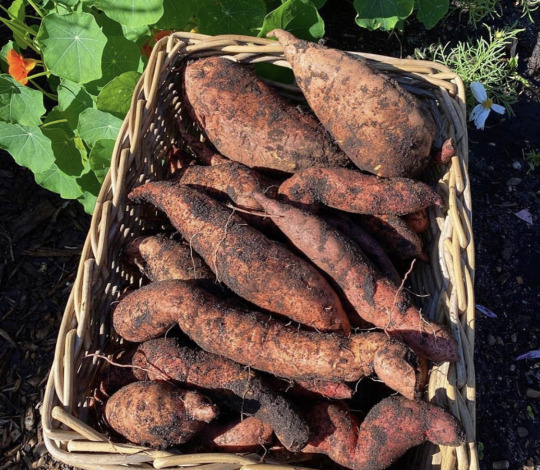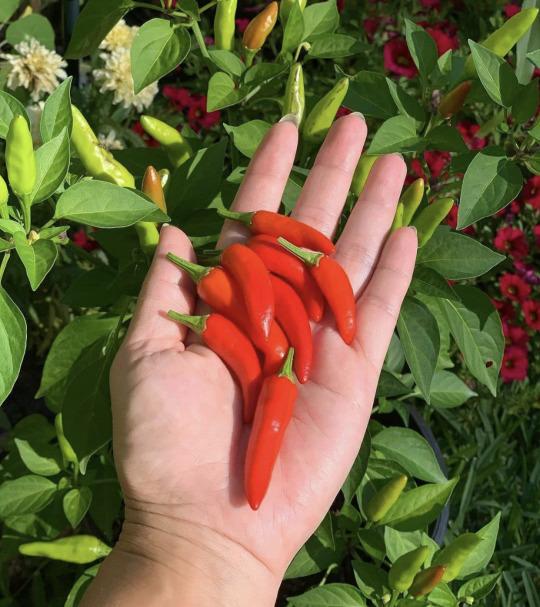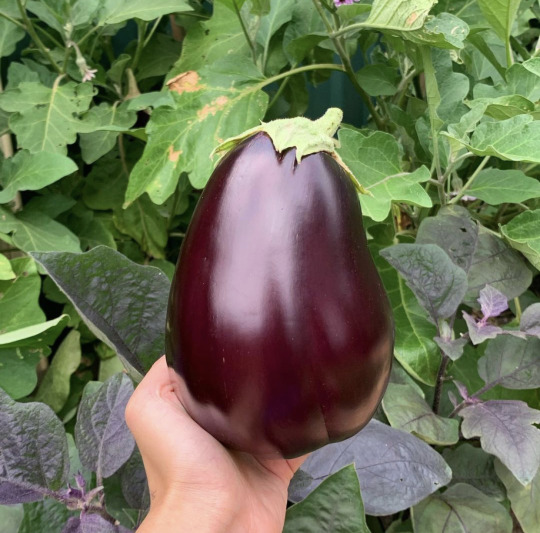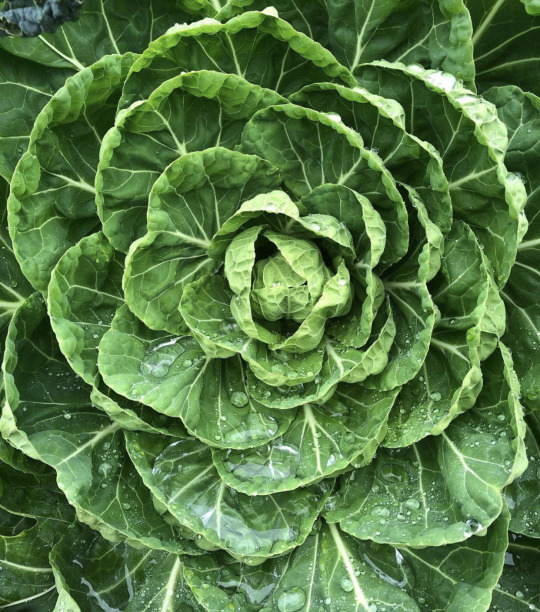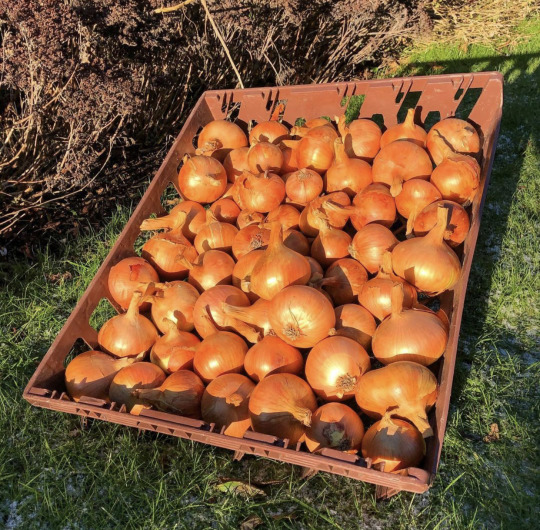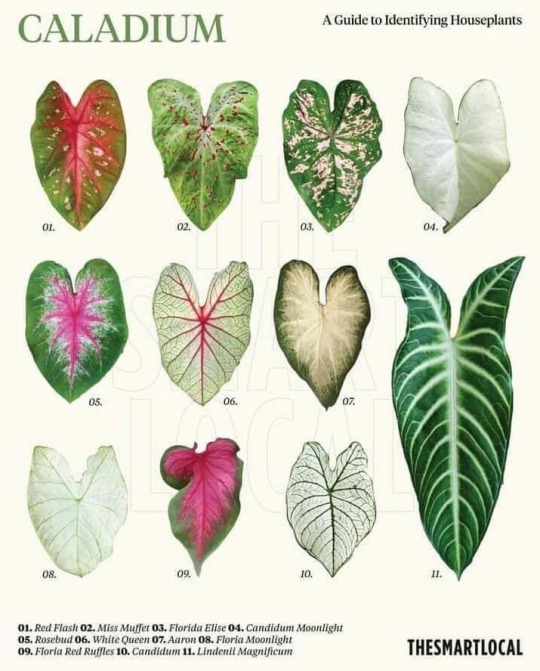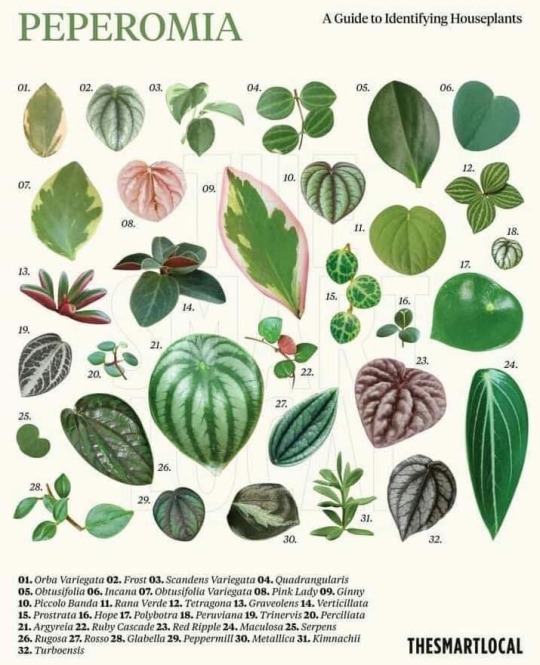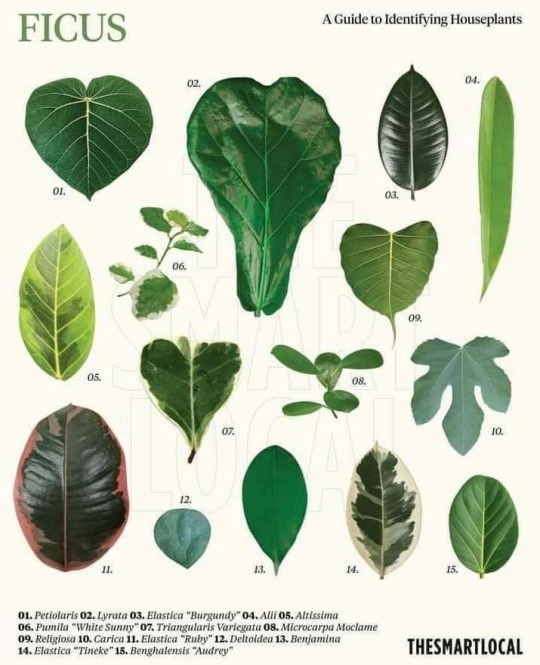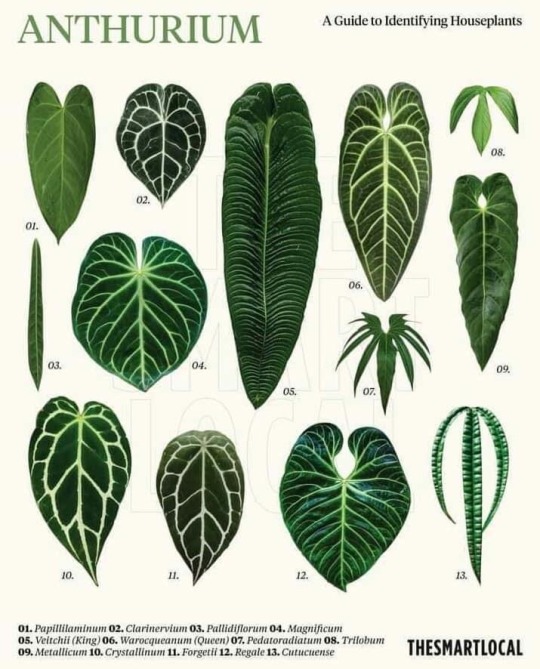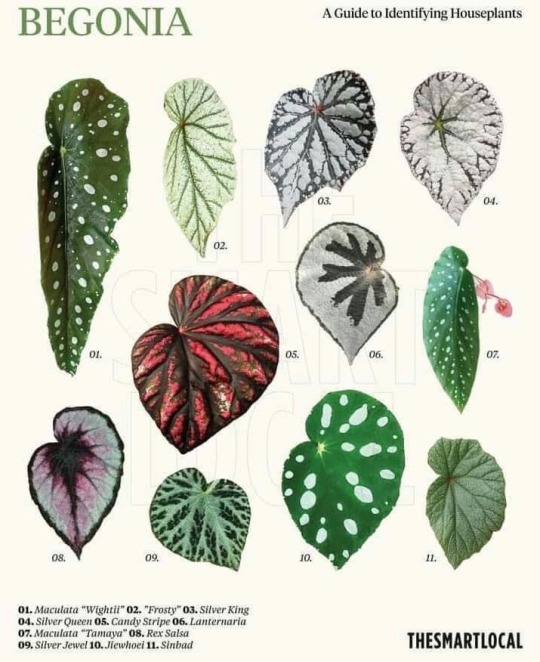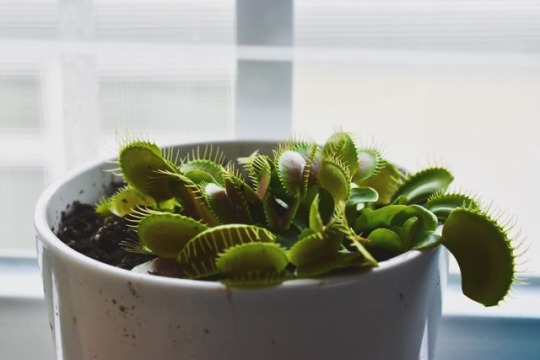Text
Finally bagged the seeds I've been saving from fruits we've eaten . Just maybe 4 batches and I'm done ✔
5 notes
·
View notes
Text
Thanksgiving success 🙌 finished cooking everything on my list and packed plenty for my family ❤ food is definitely my love language
0 notes
Text
Mac and cheeses assembled✔
Sweet potato pies ✔
Chicken empanada assembled✔
Pinwheels assembled ✔
Kabocha persimmon pastillas filling cooked ✔
The turkey wasn't defrosted even tho I took it out of the freezer a few days ago so I just defrosted it on the counter for a few hours and put it back in the fridge until tomorrow. I'm hoping it's defrosted by the time I have to clean it 😪
0 notes
Text
I've been gaining so much weight from taste testing and finishing all my experiment foods. Must. Not. Get. Comfortable.
0 notes
Text
Alright so
Spinach pinwheel filling ✔
Chicken empanada filling ✔
Honey cornbread ✔
3 bread stuffing drying out ✔
Chicken broth ✔
Spicy red oil spinach greens ✔
Now tomorrow I need to assemble and make 2 more dishes and inspect the turkey
0 notes
Text
I'm starting my Thanksgiving preparations tomorrow and I'm kinda excited 😊
0 notes
Text
Just made some bomb veggie lasagna from scratch. First time with fresh noodles and I'm not going back to store bought if I can help it.
Lasagna noodles (not my recipe)
2.5 cups flour
4 eggs
Part 1: Making Dough- Pour flour into a mound. Make a hole in the center. Crack eggs into hole. Lightly beat eggs. Fold flour into eggs until ball of dough forms. Flour surface and start kneading dough until springy and smooth. If too dry add a little water or extra egg. If too wet add flour. Set in lidded container or wrap it for 30 mins.
Part 2: Making Noodles (manual pasta press used)- remove dough from wrap or container and divide into 6 even sections. Form each section into rectangular shapes covered in flour. Run the rectangle dough into manual pasta press on the largest setting then continue passing the dough through each setting. Thickness up to preference. Cut flat sheets to desired size. Cook noodles in salted water for 30 seconds. Rinse off in cold water and dry on draining rack until ready to assemble.
Green Cheese Mix
Cottage cheese (ricotta would be ideal)
Box of spring salad mix
Shredded mozzarella
Shredded parmesan
Eggs
Salt
Pinch of nutmeg
Cook down the spring mix on medium heat with a little bit of salt until cooked with little liquid. Stir often. Mix cheeses, nutmeg, and egg. Set aside.
Protein mix
Tofu (packed in water)
Mushrooms
Walnuts
Olive oil
Salt
Chop mushrooms and tofu and sautee in oil with salt until most liquid is gone. Add chopped Walnuts and fry all until firm and dry. Set aside.
Lasagna Red Sauce
Olive oil
Yellow and red onion
Garlic
Fresh tomatoes
Tomato paste
Tomato sauce
Water
Italian seasoning
Basil
Crushed red pepper
Sage
Salt
Black pepper
Garlic powder
Onion powder
yellow squash
zucchini
Chop onions, garlic, and tomatoes and sautee in olive oil with salt until soft. Add tomato paste. Fry until red oil is present. Stir often to not burn. Add tomato sauce. Fill tomato sauce contained with water and add to pan. Add all herbs and seasonings. Dried is fine but if using fresh herbs chop them up before adding. Mix. Add chopped yellow squash and zucchini. Mix and cover. Cook on low/medium stirring often until water reduces and Ucchini is cooked. Set aside.
Assembly
Preheat oven to 350 F
Oil lasagna pan with olive oil or butter
Add a layer of noodles then red sauce then protein mix then green cheese mix then another layer of noodles. Save a layers worth of lasagna sauce.. Continue until you have nothing left to layer. Top lasagna with the remaining red sauce and then top that with cheese. Mozzarella or parm or cheddar if you have it. Foil the top.
Place in oven and cook for 45 minutes. Let rest out of oven for at least 15 minutes to set.
1 note
·
View note
Text
NTS: buy some leather gloves. These raspberry bushes are cuttin me up!
0 notes
Link
Today we’re going to walk you through a variety of fruits and vegetables which are considered perennials. Keep in mind; some perennials may have to be planted as annuals depending on which planting zone you live in.
185 notes
·
View notes
Photo

Fungi collected on a fall weekend of mushroom walks led by John Michelotti of Catskill Fungi
15K notes
·
View notes
Text
This is my second try at making a short post that addresses some of the confusion in terminology I've seen recently. Link to the original post at three bottom.
Open Pollenated (OP): a variety of plant that was developed through selective breeding. Seeds you save will "come true to type", that is, they'll look, behave, and taste like their parents.
Heirloom: an OP variety that has been around a "long time", where a "long time" can mean 50 years old, 100 years old, that it existed before the end of WW2, or before 1951. Seeds come true.
Hybrid: a variety made by crossing two different strains or species. In vegetables, it's typically within species. The seeds will not come true to type- they will look different, behave differently, and likely taste differently than their parents, and each plant will be different from it's siblings. Remember Punnett squares? This is where they come in. However, hybrids do have hybrid vigor, so there is that. At least for plants that are outcrossers- but that's another post.
GMO: An organism that has been altered by humans inserting one or more genes. These may be genes for cold tolerance, increasing vitamin A content, resisting Roundup, or something else. They may also have the Terminator Gene, which means their seeds will be sterile. There aren't too many of these in the home vegetable growing market, but if you're worried, you can get your seeds from a company that has signed the Safe Seed Pledge.
Annual: a plant that completes it's whole lifecycle, from seed to seed, in one year or less. Examples: Spinach, Cosmos, Bittercress
Biannual: A plant that takes two years to complete it's lifecycle. Typically, it grows vegetative mass and stores up energy during the first year, and then blooms the second year. Examples include Carrots, Hollyhocks, and Queen Anne's Lace.
Perennial: A plant that lives for multiple years, and continues living after flowering & producing seeds. Examples include: Asparagus, New England Asters, and Himalayan Blackberries.
Short lived Perennial: A Perennial that only lives for a small number of years before they die. This ranges from 3 to 10 years, depending on who you ask. Examples: Perennial Kale, Pansies, Columbines.
Short post try #2. Wanna read the long post with more specific info? Here.
478 notes
·
View notes
Text
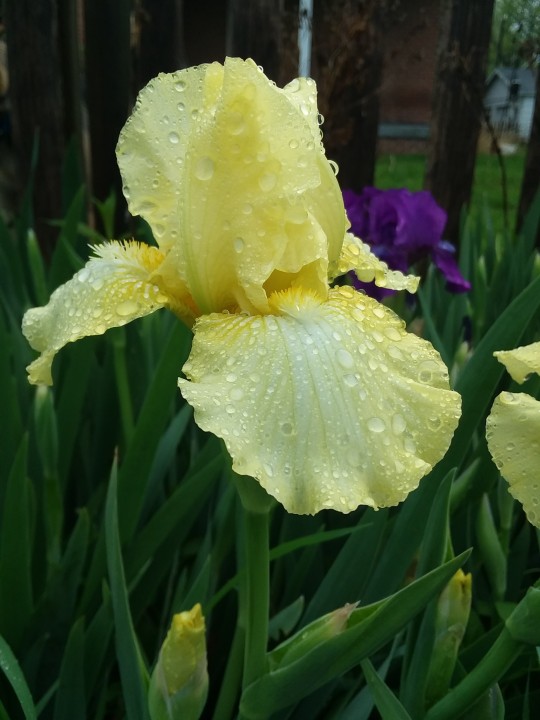

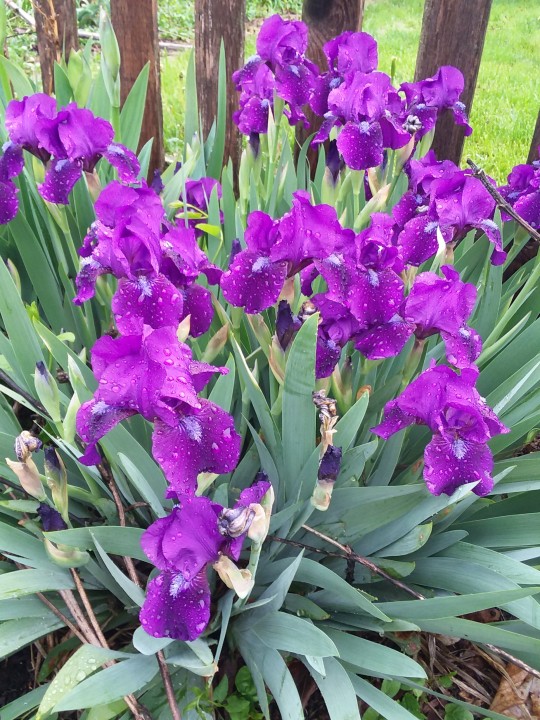


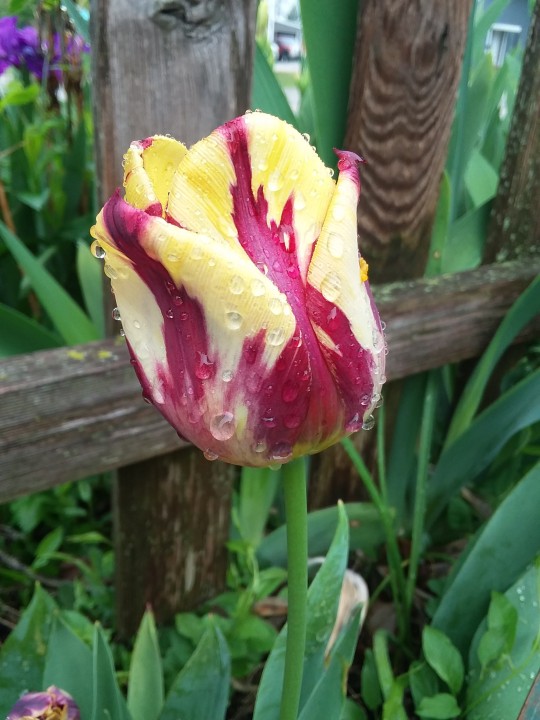
The yellow irises are blooming today! And the purple ones are putting on a lovely display. This year I need to separate them when they're finished blooming. The tulips are looking pretty sad, they didn't come in well this year and most of them are done blooming. But there's still a few lookers out there. And the allium are getting ready to bloom!
18 notes
·
View notes
Photo

“The preparation and serving of oranges.” Foods and Home Making. 1939.
2K notes
·
View notes

